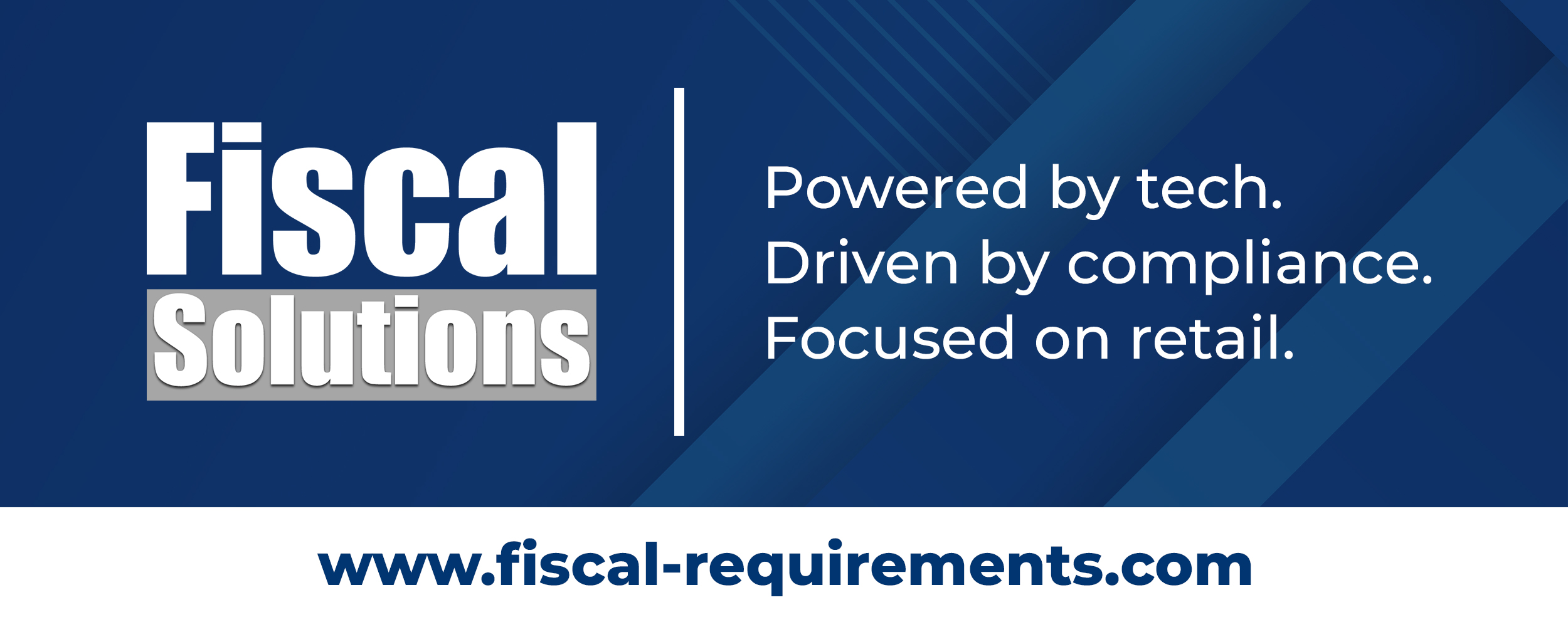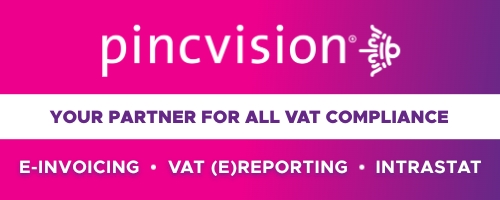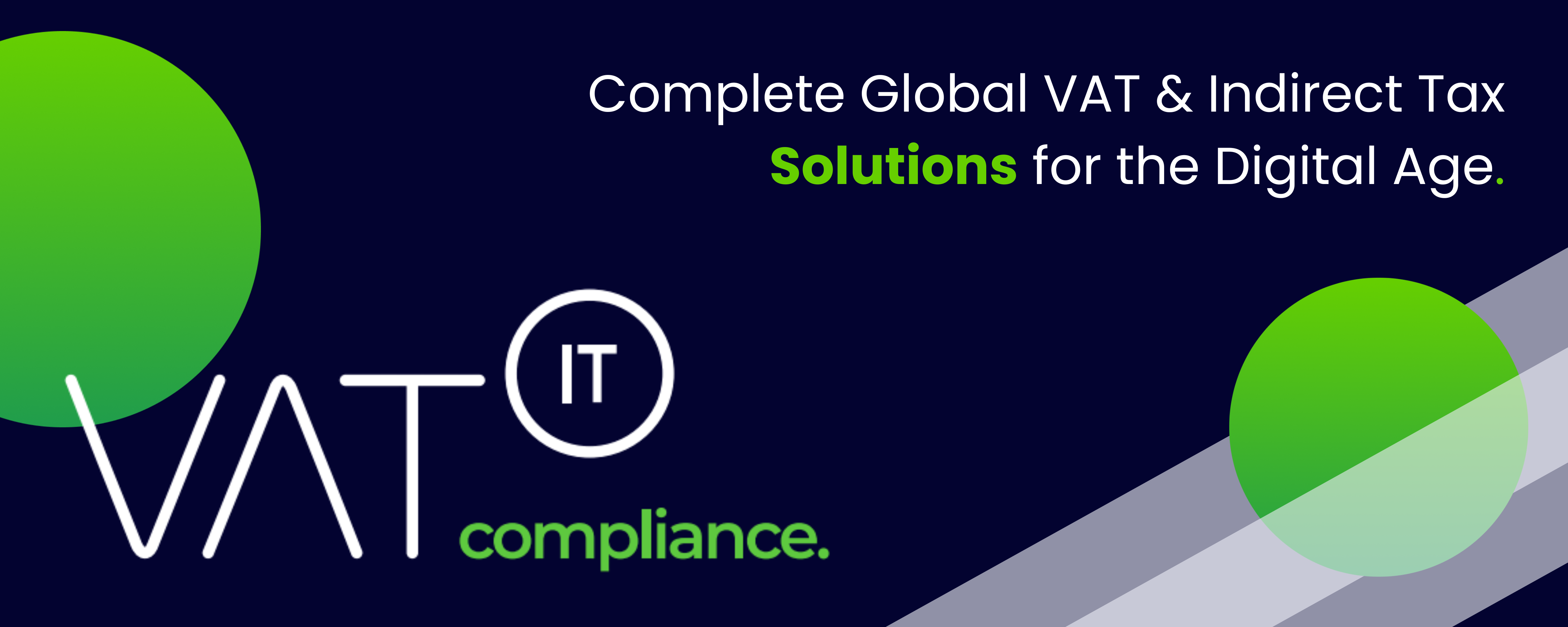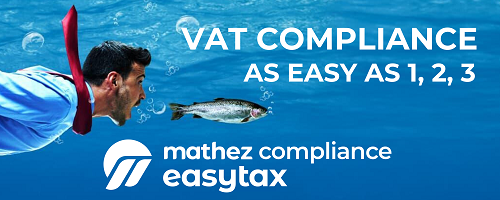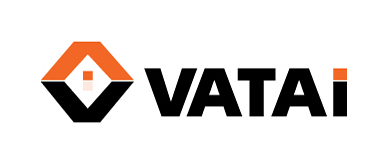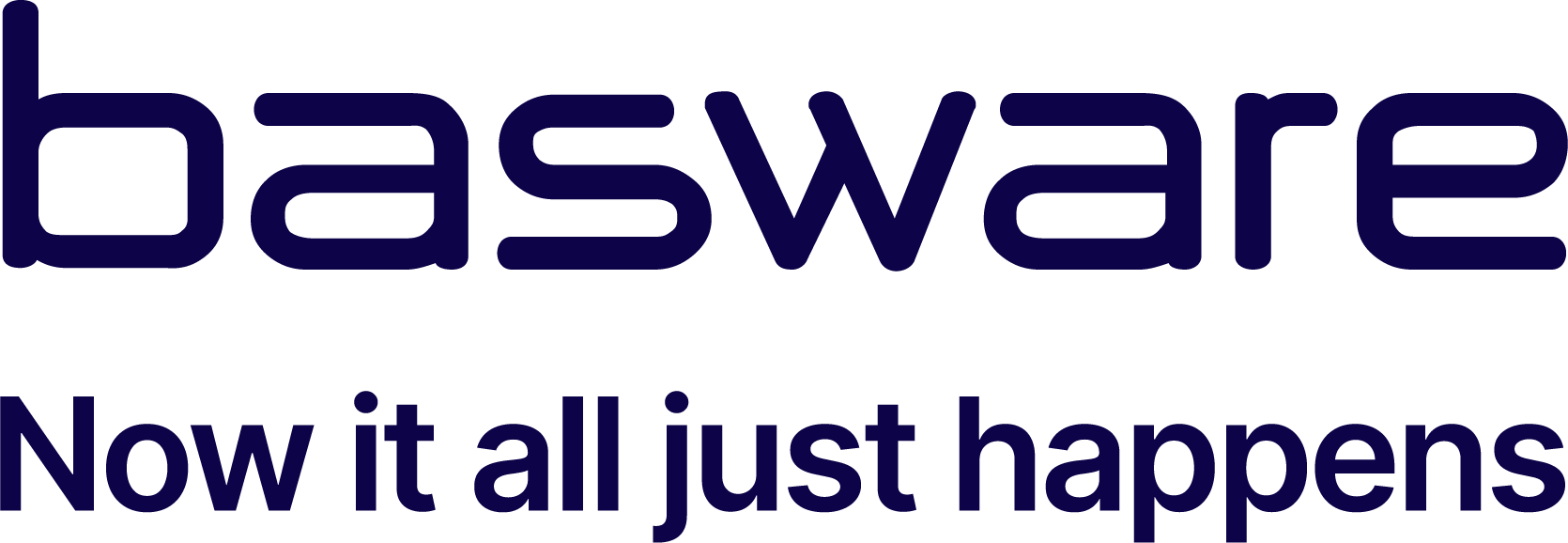Link to the New VAT law: Налоговый кодекс Республики Казахстан от 18 июля 2025 года № 214-VIII (не введен в действие)
On July 18, 2025, President Kassym-Jomart Tokayev signed into law Kazakhstan’s new Tax Code, a comprehensive overhaul aimed at modernizing the country’s fiscal system and boosting administrative efficiency. One of the most consequential elements of the reform is the Value Added Tax (VAT) restructuring, which will take effect from January 1, 2026.
VAT Rate Increase
The most immediate and impactful change will be the increase of the standard VAT rate from the current 12% to 16%. This marks Kazakhstan’s first VAT rate hike in over a decade and brings the country closer in line with regional and global VAT norms.
While this move is expected to increase state revenue, it also signals a significant cost consideration for businesses operating in Kazakhstan—particularly in retail, logistics, and consumer-facing sectors.
Introduction of Reduced VAT Rates
In a bid to cushion the impact on critical public sectors and lower-income groups, the new Code introduces reduced VAT rates for selected goods and services:
- 5% VAT in 2026, rising to 10% in 2027, for:
- Pharmaceuticals
- Medical equipment and healthcare services
- 10% VAT from 2027 for:
- Print publications
- Other socially important goods (to be clarified in implementing regulations)
These reduced rates align with Kazakhstan’s policy objective of supporting healthcare, social welfare, and information access.
Lower VAT Registration Threshold
The VAT registration threshold will be reduced from 15,000 MCI to 10,000 MCI (approximately KZT 40 million, or USD 90,000), expanding the scope of businesses required to register for VAT.
This change is intended to increase tax base coverage and reduce informal economic activity, but will also impose new compliance burdens on small and medium-sized enterprises (SMEs).
Digitization and Compliance Enhancements
The VAT reform is backed by a broader digital transformation agenda. Key administrative changes include:
- Mandatory e-invoicing: All VAT-registered businesses will be required to issue and store electronic VAT invoices, strengthening transaction traceability and reducing fraud.
- Stricter input VAT rules: Claims for input VAT will be subject to enhanced documentation and audit procedures, with a focus on validating the economic substance of transactions.
- Sector-specific audits: The tax authority is expected to intensify VAT audits in high-risk sectors such as wholesale, pharmaceuticals, and e-commerce.
Business Implications
The VAT reform introduces both challenges and opportunities:
- Cost and cash-flow planning: Businesses must prepare for the higher 16% VAT rate by reviewing pricing, contracts, and financial projections.
- System updates: ERP and accounting systems must be updated to accommodate new VAT rates, categories, and e-invoicing protocols.
- Risk management: Firms should proactively assess VAT risks and prepare for heightened scrutiny in audits and refund claims.
Strategic Context
Kazakhstan’s VAT reform is part of a broader effort to align with international best practices, diversify government revenue streams, and create a more transparent and investment-friendly tax environment. The changes reflect recommendations from the OECD and regional cooperation frameworks, including the Eurasian Economic Union (EAEU).
What’s Next
Detailed implementing regulations are expected in Q3–Q4 2025, clarifying the scope of reduced rates, invoicing formats, and transitional rules. Businesses are advised to initiate VAT impact assessments now, in order to be fully compliant by January 1, 2026.
Sources
Join our Linkedin Group on ”VAT Rates – Legislative changes”, click HERE
Latest Posts in "Kazakhstan"
- Kazakhstan’s Finance Ministry Limits VAT Refunds for Certain Diplomatic Missions: List Released
- Kazakhstan Updates List of Diplomatic Missions for VAT Refunds Effective October 2025
- Kazakhstan to Exempt Certain Medicines and Medical Services from VAT Starting 2026
- Voluntary VAT Deregistration No Longer Allowed from 2026 in Kazakhstan
- Kazakhstan’s Subsoil Users: Who Will Be Exempt from VAT on Imports?




